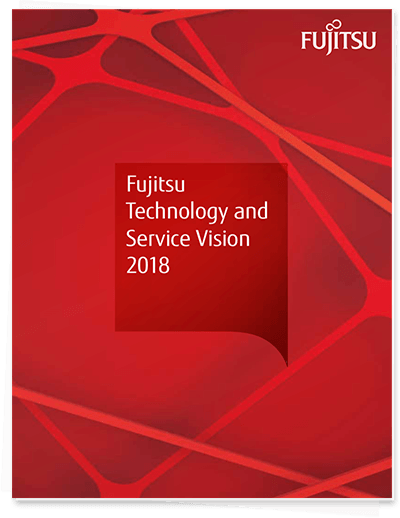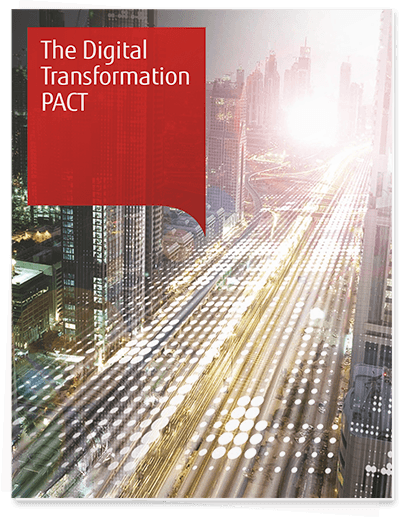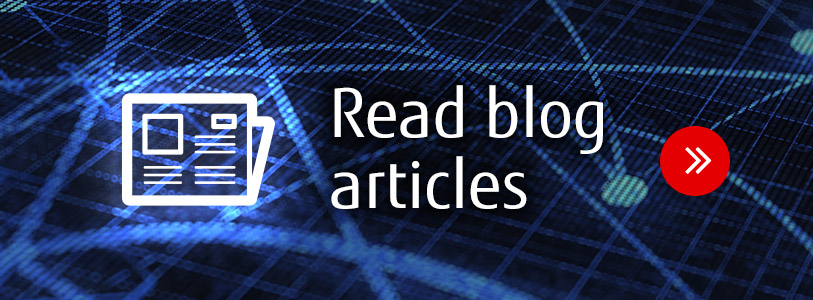Rethinking cyber protection in the digital age
Today, in one form or another, virtually every organization is on the path to digital. Digitalisation presents new business opportunities, it breaks down barriers and provides the capability to drive work beyond the boundary of just one team or one organization. It enables closer collaboration between workers, partners, suppliers and customers, connecting them like never before. However, while the benefits of digital transformation are clear to see, for the majority, the journey won’t be challenge free.
The implementation of new digital technology not only requires an update of existing IT systems, it also requires changes in other areas, such as business processes, strategies, and corporate culture. In the new digital age, innovation is happening everywhere, changing how companies consume technology, buy in services and share, use and store data, and it’s here where IT departments are potentially losing control and security risks are multiplying.

Does digital mean a new role for IT?
Within a digital enterprise, IT departments are facing more complexity than ever before:
- Cloud services are blended with traditional on-premises IT to create hybrid or bimodal IT.
- Heads of service are taking far more responsibility for the implementation of new digital technologies.
- Service lines and partners are being given increased responsibility for digital tasks and completing activities away from the core.
With these organization-specific combinations translating into wildly different security standards and the creation of an extended digital footprint, how can IT departments stay on top of DevOps, manage security risks and keep services up and running?
Setting cyber protection in a business context
While most service owners, partners, and customers understand digital, they still need support to know where the anomalies are, where the risks lie, and how to recover quickly from any downtime. This is where support from the IT department comes in.
Using risk management, it can strike a careful balance between enabling flexible fast services and the need to prevent threats from bringing down service lines. However, to do this effectively, it needs to relinquish its traditional role and accept that others need to be trained in digital security too.
Where new security challenges arise, the IT department can add value through applying what it has learned from previous experiences. It can become the standard bearer of security best practice in digital transformation both inside and outside the organization.
What does this mean for cyber security within your organization?
As an organization becomes truly digitally enabled and its footprint extends beyond the traditional IT boundary, the security measures used to protect services must become more flexible. Intelligence-led security needs to be built into every digital activity right from the very beginning. Mindsets must change, as security can no longer be an afterthought or the role of one individual or department.
While IT security may no longer be the sole preserve of the IT department, it can be an influencer of security controls - especially if it embraces its new role as a quality controller and knowledge provider to others. In doing this, it can ensure the digital security measures implemented are as successful as the digital enterprise it sets out to protect.
Featured insights
Fujitsu Technology & Service Vision
Insight into the digital era and Fujitsu’s vision for a connected society

The digital transformation PACT
Fujitsu research into the four elements required for digital success



